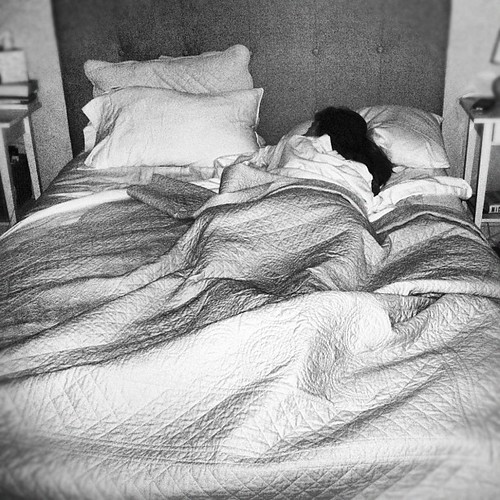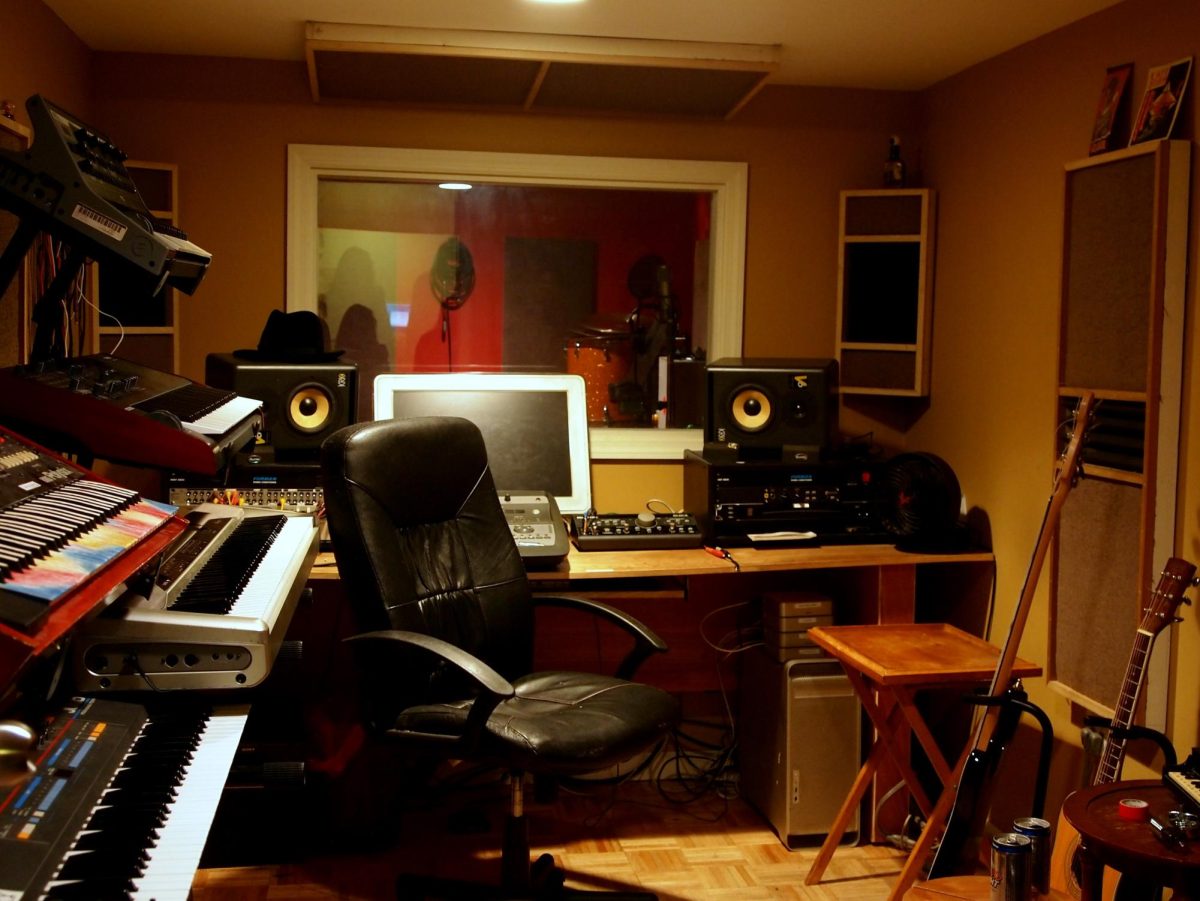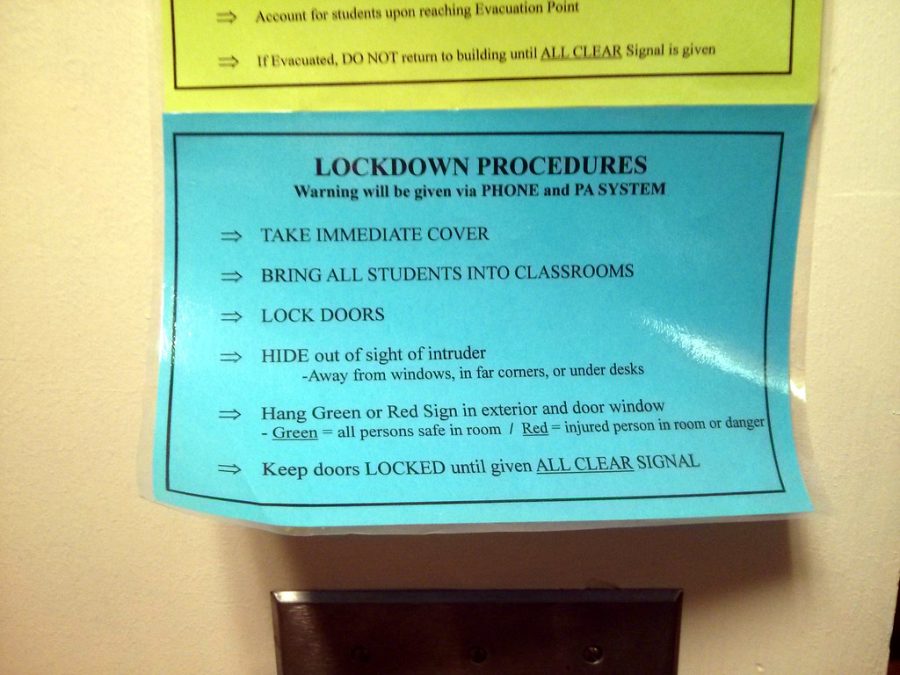Lockdown Drills: Why We Conduct Them
January 21, 2022
Lockdown drills have become a common sight all over the US ever since the shooting at Columbine 22 years ago. Since then, hundreds of shootings have taken place all over the country, prompting schools to take action to ensure the safety of students, faculty, and staff on campus. Unfortunately, though we try to live in a world of peace and harmony, it is not always present, and for this generation, Lockdowns have become a reality for kids as young as 4 to as old as 18.
Over the past decade, there have been over a hundred school shootings in America according to CNN, and those numbers have not stopped climbing. With the amount of gun violence and school shootings increasing rapidly, schools and states have put procedures to ensure that students and staff know what to do in case of an actual lockdown.
Lockdown drills are state-mandated drills that every school must conduct to be prepared for an active shooter on campus. These drills are put in place to help students understand that where would they go in case of an active shooter situation?
Last semester, Woodlands conducted a Lockdown drill where students and staff practiced what they would do in an actual situation.
Over the PA system, it was announced that we were going into a lockdown. Teachers stopped what they were doing, locked the door, shut the lights, and closed the shades. At the same time, students gathered together in the corner of the classroom, staying quiet and waiting for further instruction.
As the students waited in class, the Dean of the students and the police walked around campus checking how well the teachers locked the door and how well the school was prepared for an active shooter situation.
Once the Dean and the police walked across inspecting campus, the drill was over, and students went back to class.
When lockdown drills are conducted, the school community must be notified in advance to ensure no one believes this is a real lockdown. In an interview with Dean Kueseveskis, she said that before the lockdown drill we conducted, the school community was notified a week in advance through the Wildcat Connections. This is a state-mandated notice.
As we continued our conversation, Dean Kueseveskis said that lockdown drills are there to enforce “muscle memory.” The main goal of a lockdown is to run and hide; at the moment, it can be pretty scary but doing these drills lets your body take over when your mind is not present.
The Dean also stated that as a result of our last lockdown drill, the school had changed its ways when it comes to locking the doors during a drill or in the case of an actual situation.
Previously, in a drill or an active emergency, teachers had to grab their keys and lock the doors. In open spaces like the Information Commons (IC), there are multiple doors, each with its key that takes time to lock. Instead of having teachers trying to lock the doors with keys, every door at school is now locked.
Lockdown magnets are placed at the entrance of every classroom; on any given day, the door to a classroom will be locked, the only way the door will be unlocked is with the magnet.
In an emergency, teachers can remove the magnet and close the door without having to fret for their keys. Lockdown magnets eliminate one primary task for a lockdown; instead, students and teachers can find places to hide instead of trying to find their keys.
The school also has an emergency system in place on the phones of all teachers that alert them in case of an emergency. In addition, RUVNA is a system that sends alerts directly to teachers’ phones in the case of any emergency.
Teachers have had this system on their phones for a while, but now the school is trying to push this system out to both students and parents.
While we learn and prepare for a lockdown around the country, school districts are trying new tactics to help keep their teachers and students safe.
Different school districts across the country have started to implement strategies to fight these sorts of situations. For example, according to ABC News, schools like Sky View Academy in Colorado conduct active shooter drills where police are dressed up as shooters and have “weapons” on them pretending to shoot. These drills are conducted for students to understand what could go on in case of an actual lockdown.
While students prepare through active shooter drills, teachers are taught self-defense tactics and ways of identifying when a gun is loaded or unloaded; that way, they can feel more empowered in an actual situation.
Police come and train teachers and faculty after school to help teachers understand what to do if they come face to face with a shooter. This preparation can help them protect both themselves and their students better instead of sitting in a corner like sitting ducks.
But no matter how much one prepares for a situation like this, in the actual moment, it is pretty scary.
Unfortunately, because the number of school shootings are increasing, lockdown drills are mandated for anyone attending school. Starting in preschool, students are taught how to hide in case of a lockdown.
Students that start lockdown drills from the beginning of their school career know nothing better.
Six-year-old Vaniaa Bhatara, a first-grader at Lake Bluff Elementary School, went through her first-ever lockdown and didn’t think much of it. To her, a lockdown drill was something they did to be prepared, just like a fire drill.
First graders may not think much of the lockdown drills, but high school students and teachers have been doing these drills for a while, and they know the reason behind it.
Many high school-aged students remember their first lockdown drills; somewhere between 1st and 3rd-grade, lockdown drills were introduced to these students.
One student said she was taken into an underground storage area where equipment was stored to make sure they were out of sight.
A teacher said that they were trained with other teachers the first time they had to conduct a lockdown drill.
They were instructed to place objects in front of the door and have something to throw at the intruder to give them more time to run or as a way to distract the intruder.
A first-time teacher said it caused anxiety because all their instruction came from a video, and they didn’t know what to do.
Students and teachers generally understand that the purpose of a lockdown drill is to be informed and prepared in case of an actual situation but really, why they do this is unknown to most students.
Students and teachers both agree that the context and history of lockdown drills should be explained to students to understand better what they are doing and why they are doing it. Without knowing the reason for what they are doing, there is no point in conducting a drill.
Though students and teachers may not know the reason for a lockdown drill, many agree that they are effective. This is because your mind has an inbuilt procedure in place in an actual situation, knowing what to do.
Some students and teachers have been in real lockdown situations.
One teacher said that their school had to go into a soft lockdown where everyone on campus had to hide in the gym for a few hours. Because the school had been practicing lockdown drills, students and staff understood what was going on and what they should do in the scenario.
Lockdown drills may seem unnecessary and tedious to conduct, but as the number of school-related shootings increases, there is the possibility of something happening on our campus. Therefore, to ensure that everyone is safe and knows what to do in case of an emergency, lockdown drills are put in place, making us more educated on what to do.
















